There is a lot of confusion around dieting and building muscle. So in this article, I will clarify if you can build glutes in a calorie deficit?
You can build glutes in a calorie deficit because hypertrophy is stimulated by muscle protein synthesis that is dependent on the amount of protein you eat and progressive overload during the training. You can get enough protein to build glutes, even on a caloric deficit.
But this means you need to be on point with your diet and consume a large number of proteins, over a long period of time. However, not all proteins are created equal. So you need to be smart about it.

Can You Build Glutes While Losing Weight?
You can build glutes while losing weight because building muscle is directly related to the amount of protein you consume, and the training stimulus. Weight training can produce hypertrophy in skeletal muscles during caloric deficit and large-scale fat loss.

This means, to build glutes while being in a calorie deficit you have to prioritize glute-oriented resistance training and make sure you have enough protein throughout the day. (source).
The challenge is with getting a high amount of proteins, without going into a calorie surplus. This means you need to consume all of your meals with, well, mainly proteins. You may also consider some supplementation. More on that later.
In one fascinating study, a group of policemen was on a hypocaloric (caloric deficit), high-protein diet, divided into two separate groups. One group was getting proteins from casein and the second from whey.
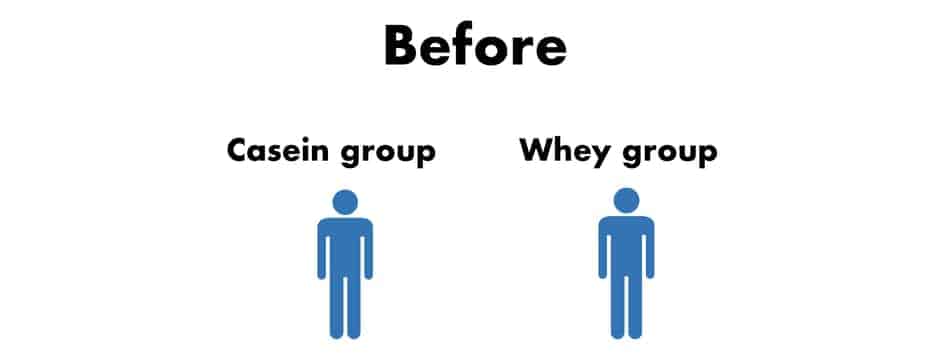
The casein group went from 26 to 18 percent of body fat while gaining 4kg of lean mass (muscle) within just 12 weeks. On the other side, the whey group has lowered their body fat percentage from 27 to 23 and gained on average 2kg of muscle.
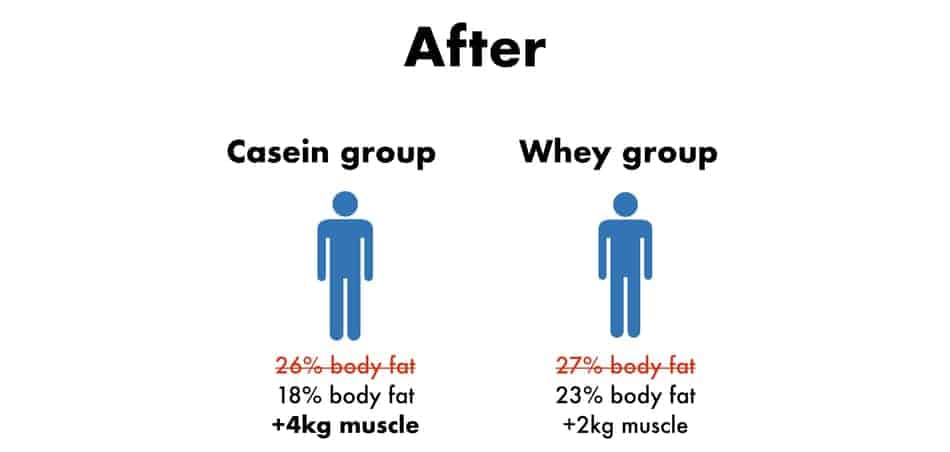
This study shows a significant difference in body composition and strength, likely cause by peptide components of the casein hydrolysate supplement (protein powder) (source).

This means not only you can lose fat and build muscle at the same time, but also the type of proteins will play a massive role in the results. So research is clear that not all proteins are created equal.
Growing Glutes On A Caloric Deficit
The best way to growing glutes on a caloric deficit is to maximize your protein intake per day and incorporate resistance training with progressive overload. For optimum results, you need around 2g – 2.4 g of proteins per kg and strength training 3-6 times per week.
Another fascinating study divided young men into two groups.
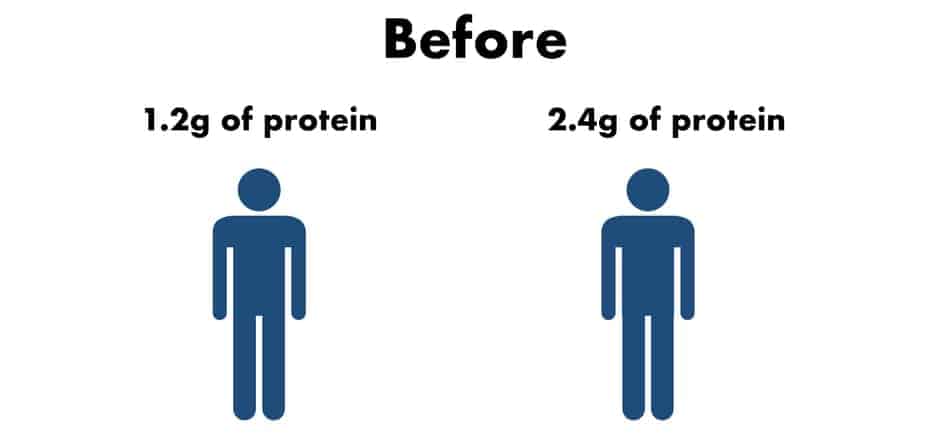
Group one was getting a low-protein diet (1.2g of protein per kilogram of body weight) and the second group was getting a high-protein diet (2.4g of protein per kilogram of body weight) for 4 weeks (source).
Both groups were in a caloric deficit and performed resistance training combined with high-intensity training 6 times per week.
The results showed a significant difference between the two groups. The high-protein group, on average, gain 1.2kg of muscle and lost 4.8kg of fat.
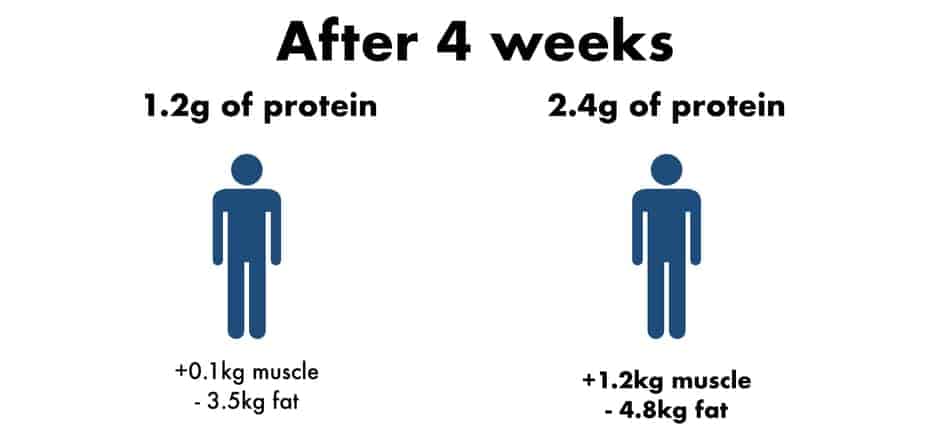
On the flip side, the low-protein group, on average, gained 0.1kg of muscle and 3,5kg of fat loss. There was no significant difference in performance, which means both groups improved similarly.
The verdict?
Having a high-protein diet in combination with resistance training, despite the caloric deficit, leads to an increase in muscle mass.
The study didn’t specify the type of training, but this is irrelevant. Because if your goal is to build bigger glutes while being in a calorie deficit, all you need is a targeted glute exercise as your priority.
Do I Have To Eat More To Grow Glutes?
You don’t have to eat more calories to grow glutes, but you need to have the optimum amount of daily proteins to stimulate muscle protein synthesis. Factors that affect muscle protein synthesis include both quantity and the quality of the amino acid source.

In other words, it’s not about eating more proteins for the sake of eating more proteins. It’s about the quality. Muscle protein synthesis regulates muscle growth, and it’s stimulated differently by certain amino acids. There are 20 amino acids out there, and leucine seems to affect muscle protein synthesis the most (source).

Consuming 3–4 g of leucine is enough to promote maximum protein synthesis. This means, even if we eat tons of proteins from sources that are low on leucine (potato, hemp, quinoa, wheat) it won’t trigger muscle growth to the optimum level.
A study done on older women compared two groups.
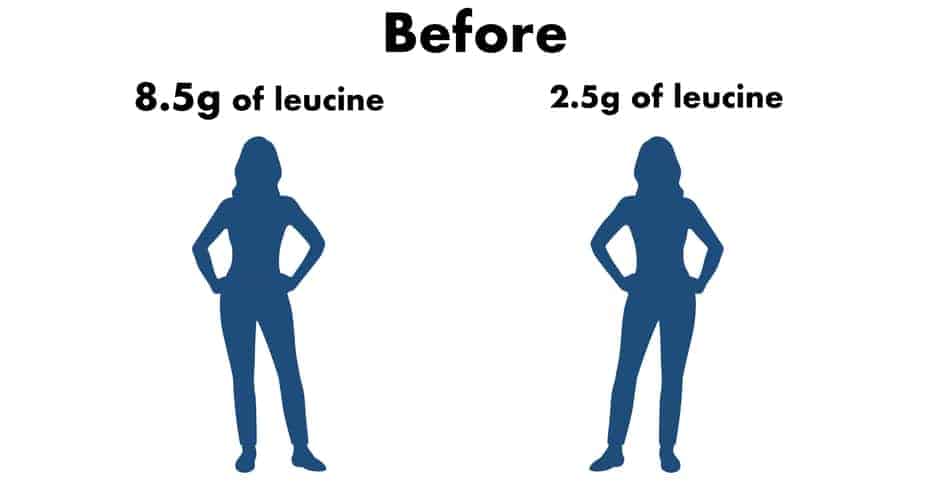
The first group was getting 30g of milk protein beverage containing 8.5g of leucine, and the second group was getting 15g of milk and soy protein beverage with 2.5g of leucine. Both groups were doing resistance training for 6 days (source).
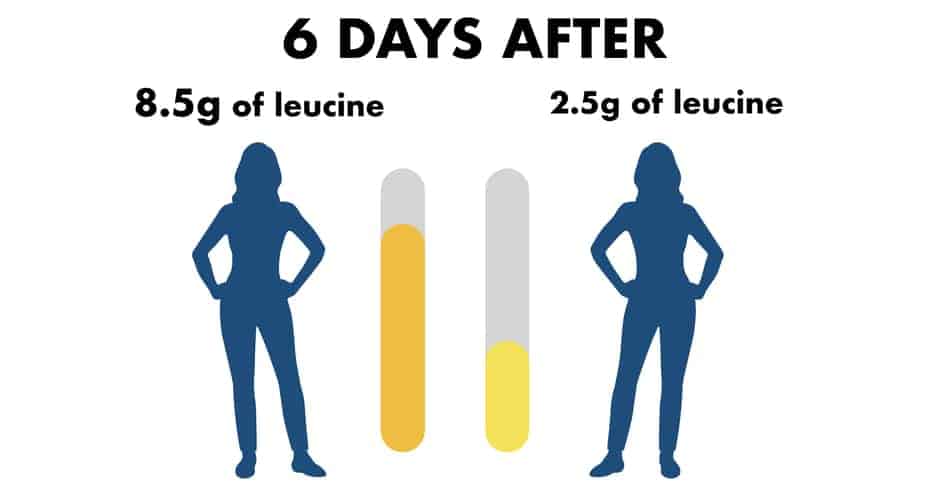
6 days later, the high leucine group had a 53% increase in muscle protein synthesis, where the control group (low leucine) got a 13% increase.
By the way, here are foods that are rich in leucine (source).
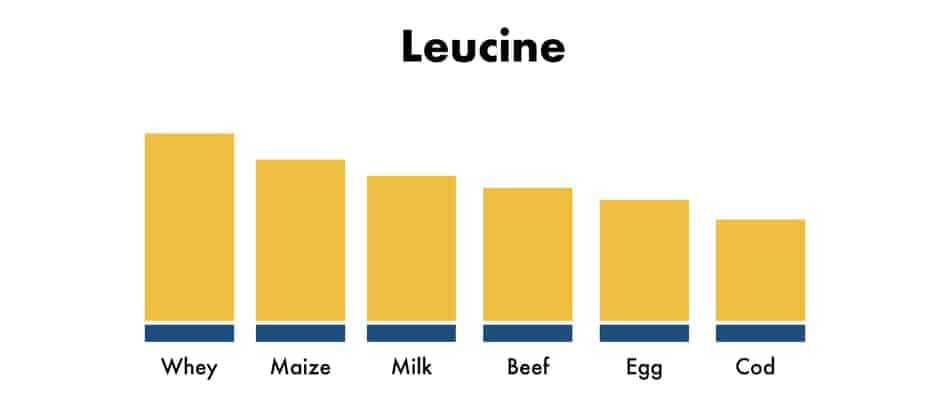
Also, leucine cannot regulate muscle protein synthesis as effectively without the presence of insulin. Therefore, for the best glute gains, you should consume a fast-absorbing carbohydrate source (glucose or maltodextrin) combined with 3g of leucine during and immediately after the workout.
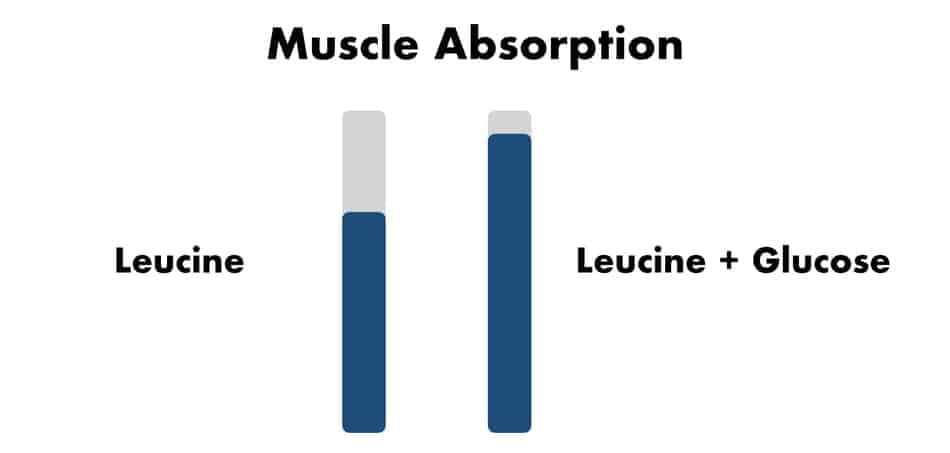
That can include protein supplementation, intra-workout supplementation or pre-and post-workout supplementation. The most cost effective way to get it done is by getting a branched-chain amino acids (BCAA) that can be combined with some carbohydrate drink.
BCAA is a mix of three amino acids. Leucine, valine and isoleucine. There are several brands you can choose from, but look up the one that has 3-4g of leucine per serving or more.

Carbohydrate drinks have to be with 100% glucose or 100% maltodextrin. You don’t want to drink artificial sweeteners from Gatorade or Powerade because they don’t spike your insulin. You need some insulin during the workout to shuttle all the carbs and leucine back into the muscles. Without insulin, you wasting your time.
Here’s what I need you to do.
Can You Build Glutes While Cutting?
You can build glutes while cutting as long as you increase your daily protein intake and your leucine during and after your workouts. Building glutes while cutting requires posterior chain-oriented exercises and optimized nutrition to enhance muscle protein synthesis.
It doesn’t have to be complicated. Here’s what you need to do.
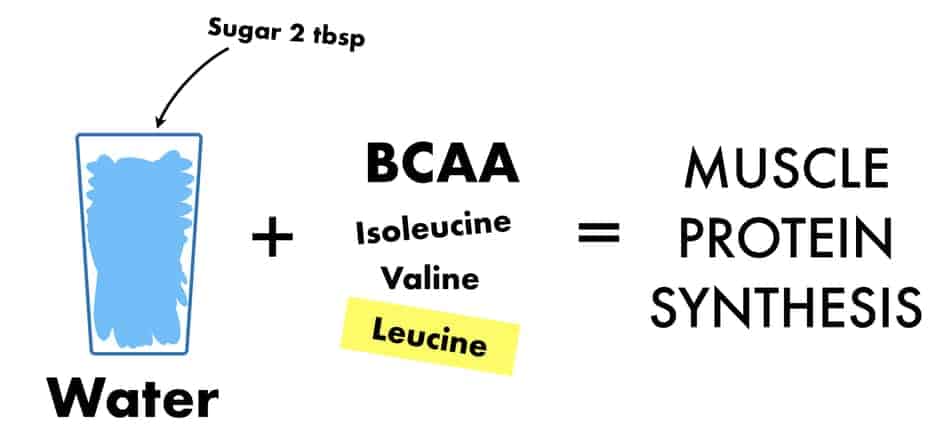
You can take 2 spoonfuls of table sugar and mix that with 500ml of water until it dilutes. Then you’re 100% sure what you are getting. Once the table sugar is mixed, then you add BCAA. Make two of those. Done.
You sip one during the workout and you can have another one ready for after your workout. Don’t worry about the sugar. It will all be swallowed by muscles in the nanosecond. Having this drink will ensure you not only maximize muscle growth but also have more energy to push those reps a bit more because glucose goes directly into your muscles and gives you more energy.
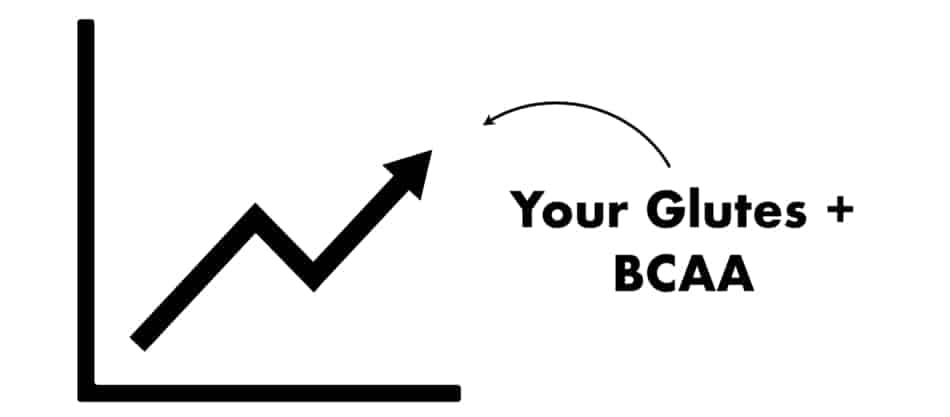
If you’re doing glutes targeted workout, you will notice that your glutes get a bit puffy. Why? Because all that glucose from the drink is moved directly where it belongs. To your butt. This will increase the intracellular water in your muscles so you will feel the “pump”.
It helps with recovery too. So you can blast yourself with higher volume and still get recovered for the next workout, without feeling crippled.
In Conclusion
You can build strong glutes while being in the caloric deficit. The most important part is the consumption of foods high in protein, specifically, leucine. Also, during and after the workout, to maximize hypertrophy and recovery it is a good choice to combine BCAA drink with fast-absorption carbohydrates.
This way you can not only maximize your glute gains but also ensure you’re getting full recovery, replenish glycogen and get stronger for the next workout.
Ciao for now.
